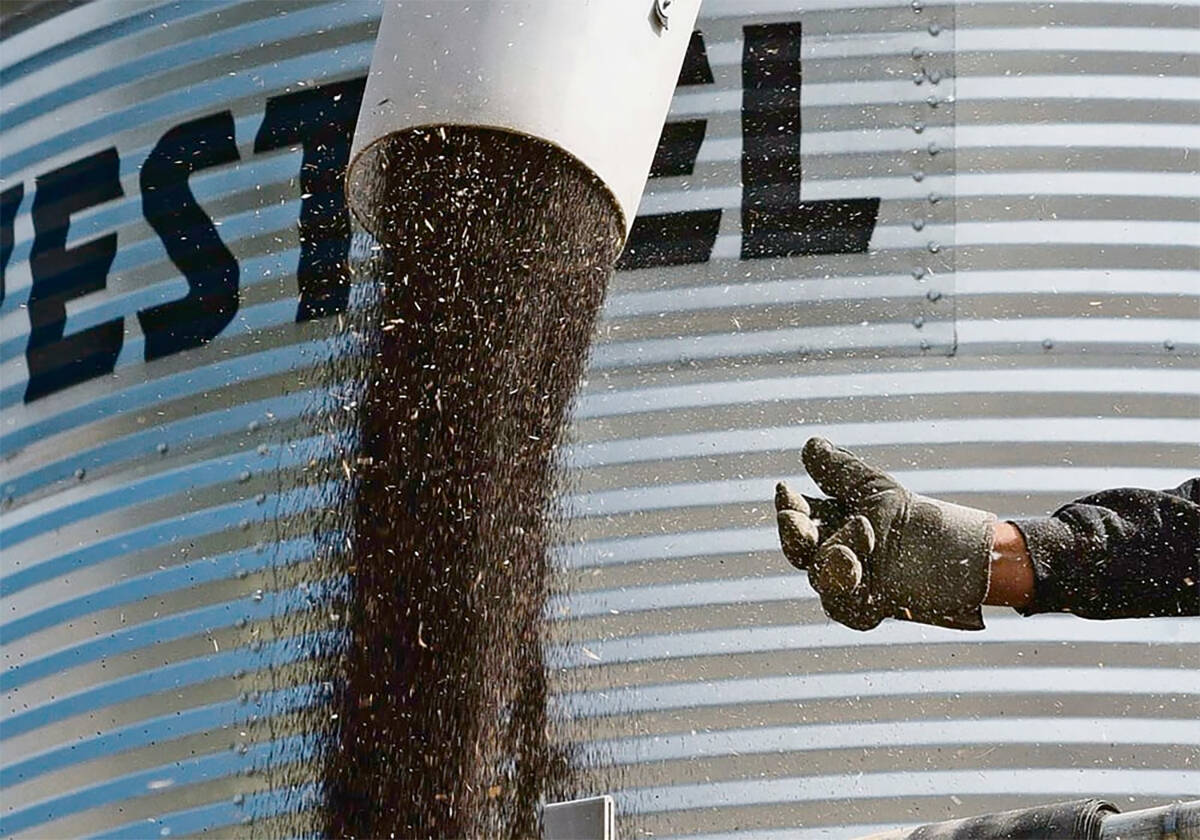OTTAWA, (Reuters) — Canada’s exports rose in September, largely driven by better wheat volumes and prices, while imports were also up, with both import and export values impacted by the depreciation of the Canadian dollar, Statistics Canada said Nov. 2.
The country’s trade surplus with the world widened to C$1.14 billion in September, below analyst forecasts of a surplus of $1.34 billion, but up from a downwardly revised $550 million surplus in August.
Exports rose 1.3 percent in September and were up 1.7 percent on a volume basis, though prices fell for the fourth consecutive month, StatsCan said. Wheat led the gains, rebounding sharply as this year’s strong harvest began to impact exports.
Read Also

Farmers urged to be grain-safe this fall
Working around grain bins comes with risk, from farmers falling to drowning in grain: Experts have five tips to help avoid grain-related accidents this harvest.
The rise in agricultural exports will bolster Canada’s economic growth in the third quarter and likely into the fourth, Andrew Grantham, senior economist at CIBC Capital Markets, said in a note.
“While a slower global economy will weigh on trade in some areas, Canadian exports should fare better than in previous instances of weakening global demand,” he said, noting that the war in Ukraine has increased demand for Canadian exports.
Still, there were signs of demand for certain Canadian goods cooling south of the border. The United States is by far Canada’s largest trading partner.
“Exports to the U.S. moderated slightly. Could be an early sign of softening consumer demand in the United States,” said Stuart Bergman, chief economist at Export Development Canada.
“Forestry’s down and that was due to lumber,” he said. “That’s related to housing; that’s not something that’s going to snap back anytime soon.”
Canada’s imports rose 0.4 percent but were down 0.8 percent in volume terms. Pharmaceuticals drove the gain, likely bolstered by newly available updated COVID-19 vaccines.















